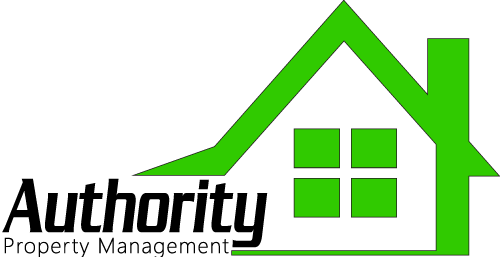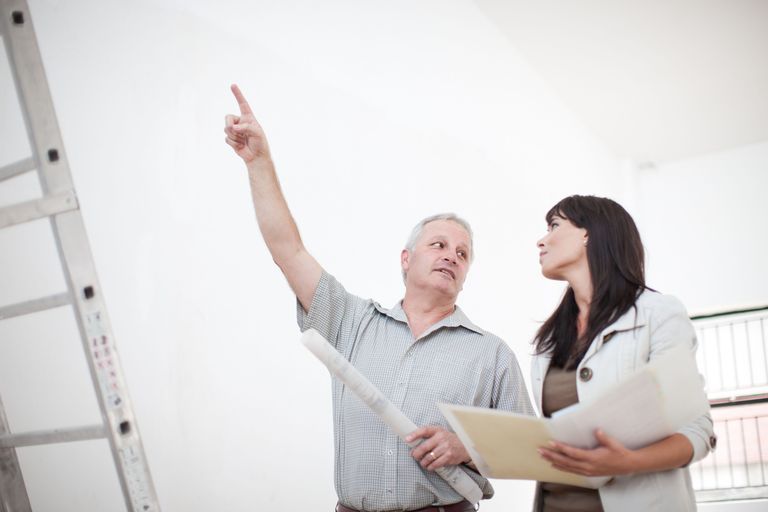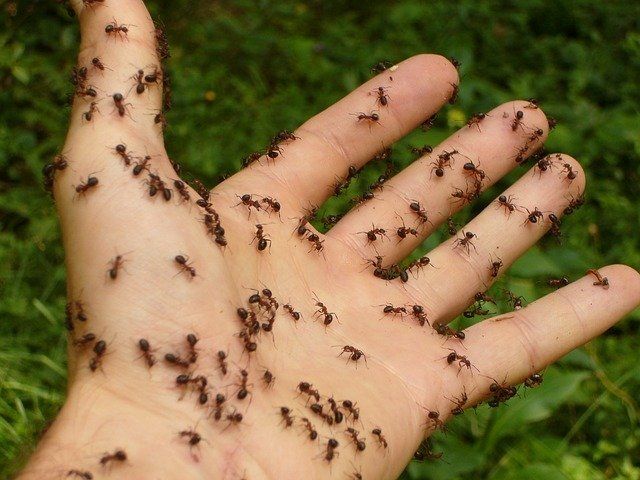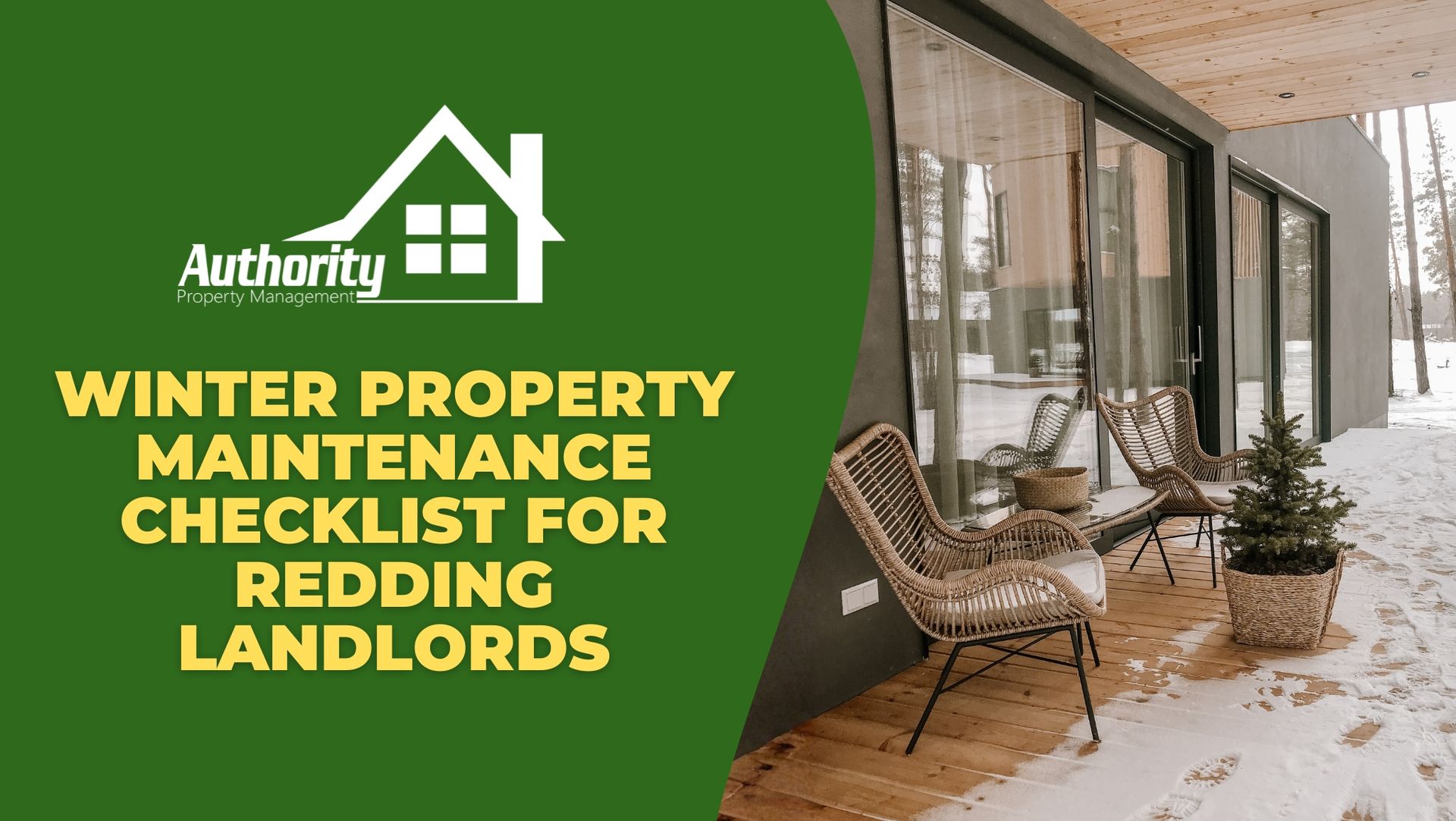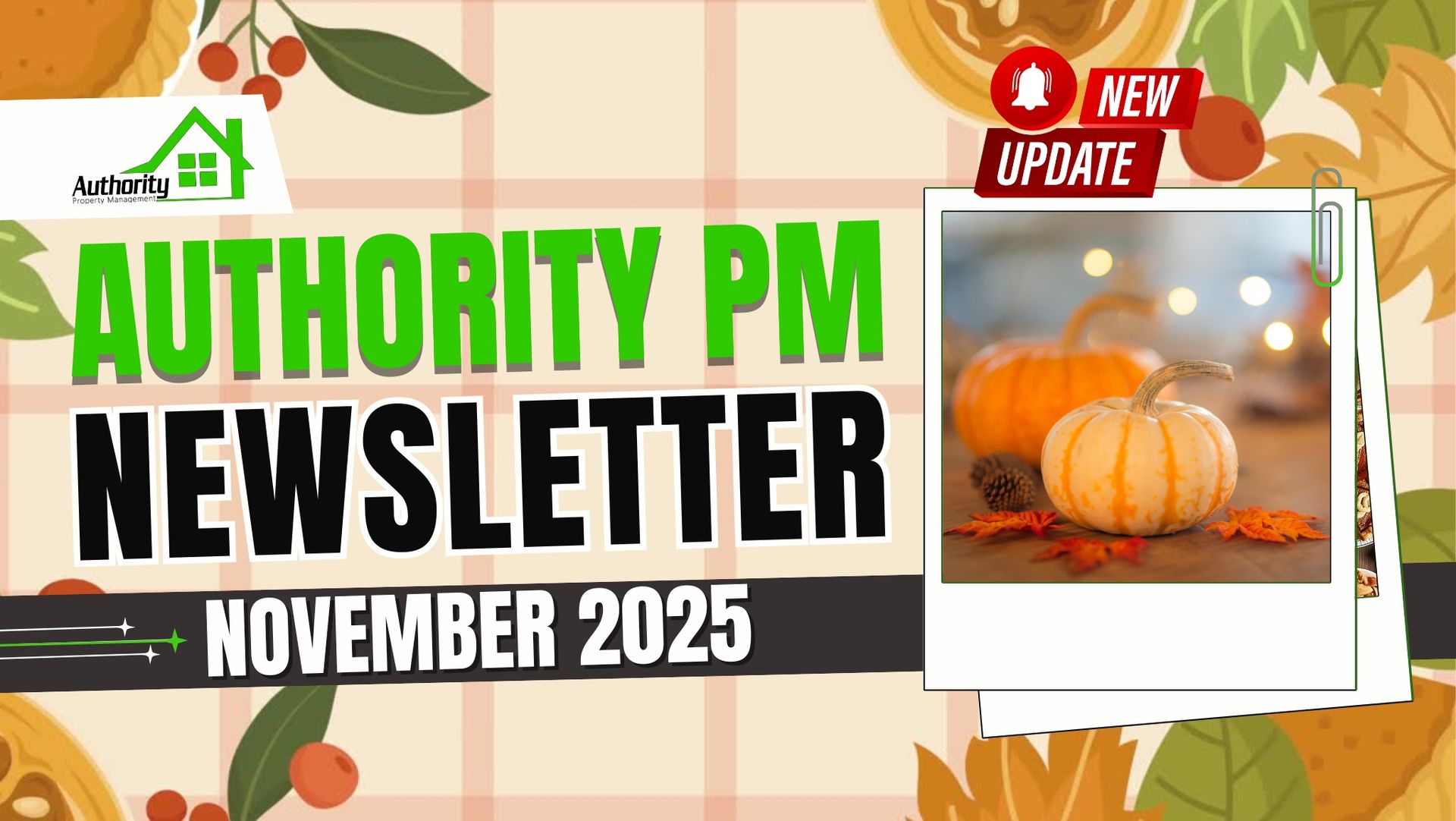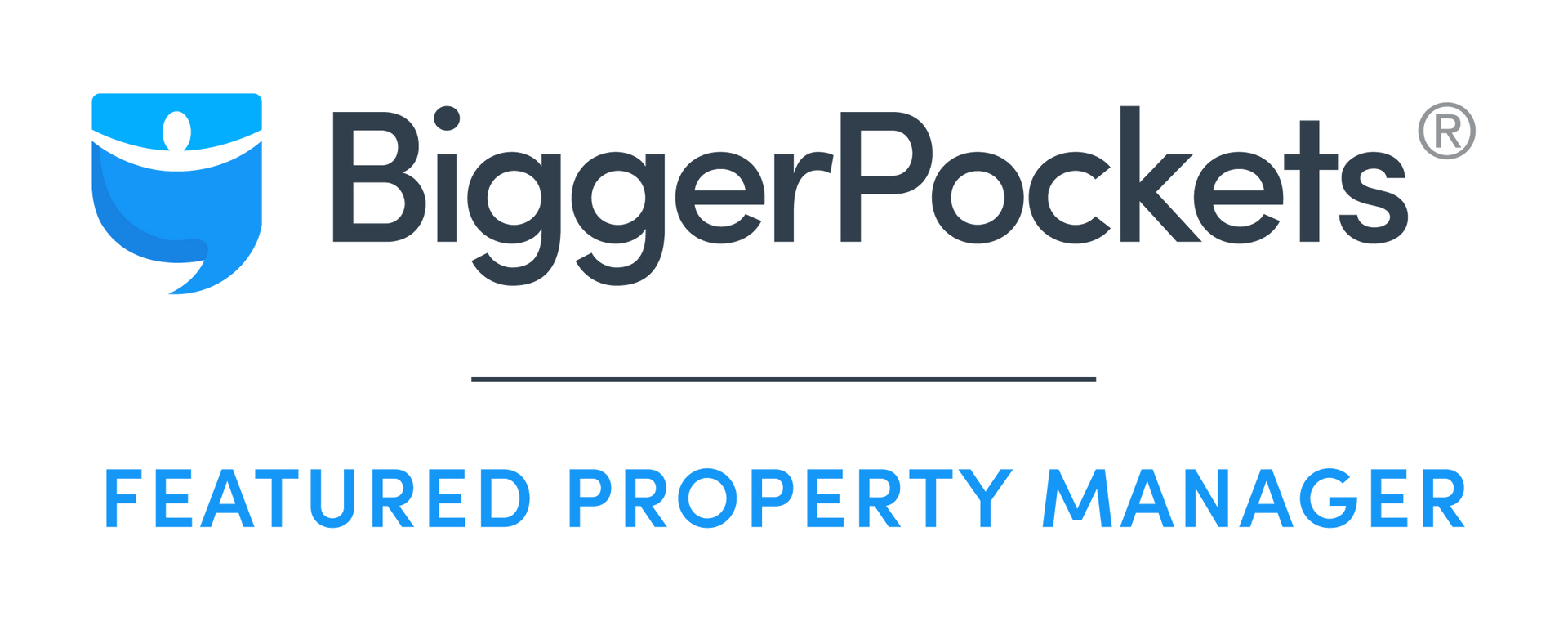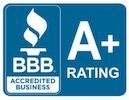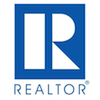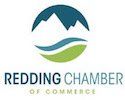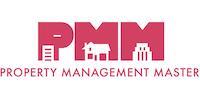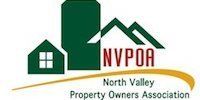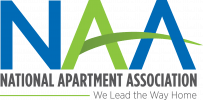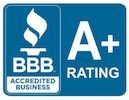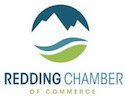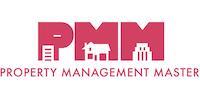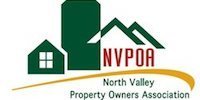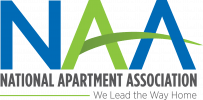Floors –
It is always important to inspect the floors of your rental property, especially if they are hardwood floors. Hardwood floors can easily get some wear and tear and can be expensive to fix, especially if there is water damage or stains. Inform your tenants when they move in that they will be responsible for covering floor damages in order to prevent any major damages from occurring. If your rental property has carpets, it would be a great idea to have a carpet cleaning service to clean them around the time of your yearly inspection, especially if there are any stains or smells. Also be sure to check the tile and grout in the bathrooms and showers. Check the baseboards in all of the rooms as well.
Walls
– Why do you need to check the walls? Checking the walls is important because, if your tenants love to hang things on the walls, your walls could potentially have holes in them from nails or tacks. Depending on how big the holes are, it could potentially cost you some money to fill them and to keep your walls looking good as new. Small holes from nails are inexpensive to fix, however, larger holes are not. Also be sure to check for wear and tear on paint and if there is any, give those walls a fresh coat. Keep your rental looking brand new and it will set your tenants up to keep it that way.
Ceilings
– In the same way that your tenants may love to hang things on the walls, they may also love to hang things from the ceilings. Check the ceilings for holes and paint wear and tear to paint.
Windows
– Check all of the windows to make sure none of them are broken or in poor condition in some way. Also, make sure to check the window frames and borders as well as the curtains or blinds if your rental property is furnished with them.
Furniture
– If you offer your rental property fully furnished, it is incredibly important that you check and inspect the furniture to make sure that there are no damages. It is perfectly normal for you to require your tenants to replace permanently damaged furniture, even small items like lamps. You can also deduct from your tenant’s deposits to fix any furniture that has been damaged such as a couch that has a caved in arm.
Lighting
– This one is pretty simple. Check to see if any damages have been made to lighting fixtures or lamps if the rental property comes furnished with them.
Doors and Locks
– Check all of the doors for wear and tear to paint and damages such as dents, scratches, or holes. Check the lock fixtures as well to make sure the doors and locks are working properly.
Signs of Infestation
– Infestations are not just damaging to your rental property, but they are also damaging to the health of the people who will be living in your rental property. As a landlord, it is your responsibility to take care of infestations such as mice, or rat infestations. Pest maintenance usually falls to the tenant unless the infestations are a result of gross tenant negligence. Check to make sure your tenants are regularly taking out the trash and are regularly keeping the floors and counters clean and free of food crumbs and drink stains.
